The WattWorks DC LED Lighting and Solar PV Power Station will provide lighting and power to a remote building that does not have access to utility power. The WattWorks system is composed of several major components including DC LED lights, Sequent Power DC Load Center with Battery Bank, and solar PV panels. Other loads, such as a DC refrigerator or a DC/AC 120 volt Inverter can be connected. Monitoring and logging of power generated and power used is optional and can be reported via cellular modem. Remote Off-Grid nighttime lighting is practical and affordable, powered by free sunlight so there is never an electric bill. Another major benefit is that the entire system cost is eligible for the 30% Solar ITC credit deducted from Federal income taxes.
Benefits of Direct Current (DC) Light and Power
DC LED lighting fixtures and DC solar PV power systems with battery storage are by nature DC systems and will operate at maximum efficiency when connected directly together, without DC/AC Inverters and AC/DC power supplies. A DC LED lighting system powered by solar PV provides more reliable lighting, and is less expensive than an equivalent inverter based 120 volt AC lighting system. DC systems are more reliable because AC Inverters and power supplies are the components most likely to fail. An off-grid DC system requires fewer solar panels and batteries than an off-grid AC system, which saves significantly on the cost.
DC LED lighting & Solar PV Power Station with Battery Storage
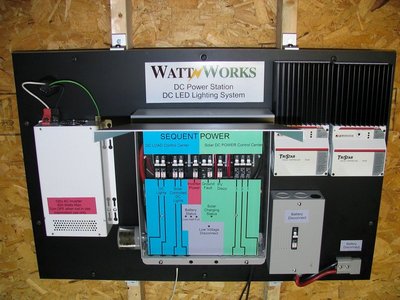
Complete NIGHT LIGHTING Systems with Exterior LED Wall Packs & Interior Low Bay Lights. The DC LED fixtures connect directly to the Sequent Power Load Center which provides Low Voltage Disconnect (LVD) protection for the battery bank. Exterior Wall-Pack lighting load circuits are solar-controlled for night lighting and can be set to operate all night from dusk til dawn. Other lighting load circuits are manually switch controlled for indoor applications and will operate day or night.
Monitoring and logging of power generated and power used is optional and can be reported to your home or business via cellular modem.
The WattWorks Night Lighting Systems consume the most power during the Winter months, when the night lighting hours are the longest, and the solar power generated is the least. The system is sized according to it’s location by the Sun Hours Zone (see Solar Insolation Map).
The WattWorks Night Lighting Systems use the Typical Winter Minimum Full Sun Hour rating when calculating a site’s potential sun hours. Using this number rather than the Average Annual Peak Full Sun Hour rating ensures that the system delivers reliable continuous power in worst-case conditions. Battery banks are sized (kilowatt-hours) to provide lighting for several days of minimal Solar power due to extended periods of cloudy weather.
Interior Lighting during daytime hours is powered directly from Solar power and in most cases is power that cannot be stored because the batteries are fully charged. In the Summer, power is available for many hours of additional Interior lighting both day and night, as well as other loads such as a DC Refrigerator or Freezer.
Protecting the Batteries
Batteries must be protected from excessive discharge in normal use, and circuit protection is required in the case of faults. The WattWorks DC Power Station provides circuit breakers as required by NEC code, and includes Low Voltage Disconnects (LVD) on all LED lighting circuits.
LVD (Low Voltage Disconnects) are used to remove DC loads at a pre-set DC Bus voltage that represents a low state of charge and will prevent damage to the battery pack from over-discharge. Battery cycle life is reduced and batteries can be permanently damaged by excessive over-discharge.
The AGM Type sealed lead acid batteries provided are generally maintenance free and do not require water. They are very reliable and will last for 5 years or more if deep discharge cycles are avoided as much as possible.
Battery Enclosure
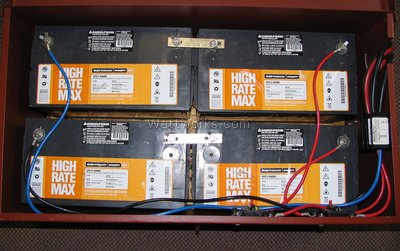 The AGM Type sealed lead acid batteries provided are generally maintenance free and do not require water. They are very reliable and will last for 5 years or more if deep discharge cycles are avoided as much as possible.
The AGM Type sealed lead acid batteries provided are generally maintenance free and do not require water. They are very reliable and will last for 5 years or more if deep discharge cycles are avoided as much as possible.
The Aluminum battery enclosure protects the battery Bank and includes NEC Compliant Circuit Breakers which are included in the battery box wiring harness to isolate each series string of batteries. The battery box has 2 connectors on the side, one to connect to the power station and the other can be used to expand storage capacity with a second battery box. The battery enclosure should be located close to the power station.
DC LED Fixtures
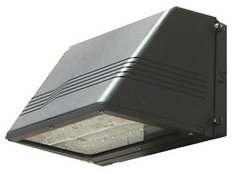
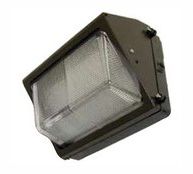
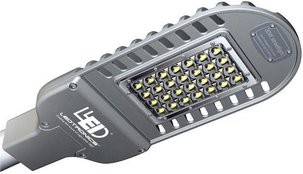
DC LED lighting is the most efficient use of the power generated by solar PV panels, which are typically limited in power output and are an expensive investment. The low power requirement of LED lighting is important because solar capacity is limited by seasonal weather conditions, making DC LED lighting the best choice for remote off-grid applications.
The Sequent Power DC LED lights have exclusive Battery Charge Extender controls built in to each fixture. The LED Wall Packs are available for exterior night lighting applications. The LED Low Bay fixtures provide interior lighting for barns, workshops and general applications. Ledtronics DC LED Cobra head streetlights can be pole mounted or attached to a wall and have special light distribution patterns to cover long narrow areas.
Other DC Loads
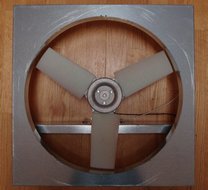
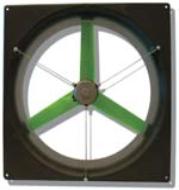
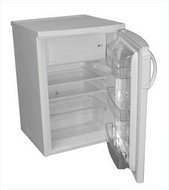
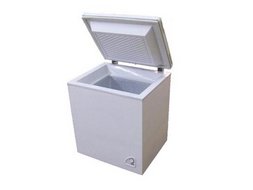
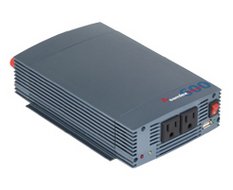
Other loads, such as a DC refrigerator, a DC Freezer, DC Ventilation fans or a DC/AC 120 volt Sine Wave Inverter can be connected. These require built-in Low Voltage disconnects or a special LVD added to the WattWorks control panel AUX DC Circuit.
Solar Panels
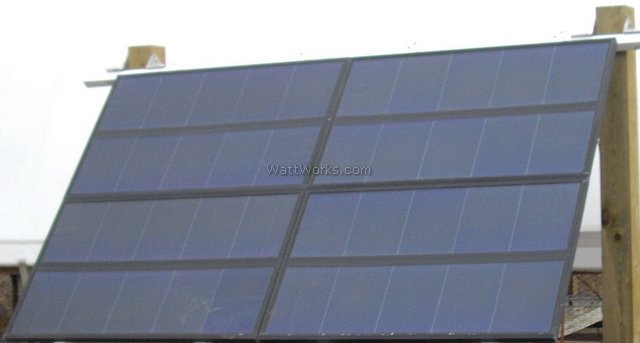
Designed correctly, solar power is a long-lasting, reliable continuous power solution for remote lighting and other electrical requirements.
The WattWorks Night Lighting Systems use the Typical Winter Minimum Full Sun Hour rating when calculating a site’s potential sun hours. Using this number rather than the Average Annual Peak Full Sun Hour rating ensures that the system delivers reliable continuous power in worst-case conditions.
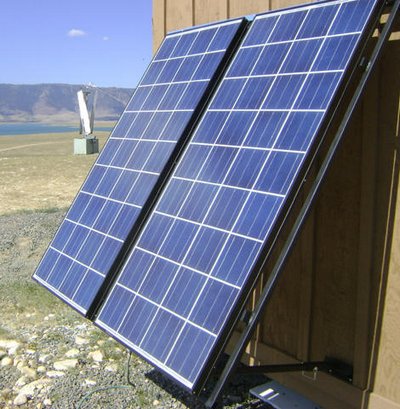
Solar panels generate power to charge the batteries by converting sunlight to DC power. The panels must be facing South towards the sun to collect the maximum amount of power in a day. The angle of the panels determines whether you get more power out of them in the summer time or the Winter time and is related to the latitude of your location (see Solar Insolation Map).
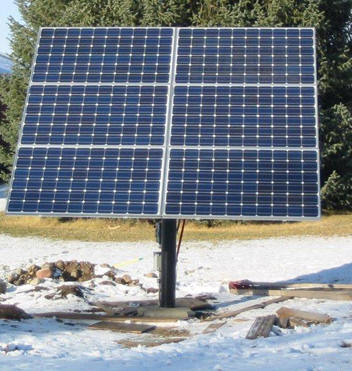
Mounting methods include Pole mount for small arrays, ground mount racking attached to short posts or poles set in concrete or direct buried, and side of building mounts if there is a South facing side available. Roof mounts are generally not used due to the high panel angle required, but may be possible in some cases.
An unobstructed Southern exposure is required in all cases so that no panels are shaded between 8-9 AM and 4-5 PM.
WattWorks PV Systems include top quality PV panels from SolarWorld or Kyocera, with racking from Ironridge, Renusol VS, UniRack and DPW Solar. Other equivalent manufacturers may be substituted.
Installing Solar PV Panels
Orientation: The orientation of solar panels is critical to the performance of the system. Position the solar panel assembly so the panels face DUE SOUTH. If in doubt, use a compass. A deviation of +/- 15 degrees is generally acceptable
Shading: The solar panels MUST NOT shaded by obstructions such as trees, bushes, buildings, fences, or other structures. Check for shadows cast by antennas, towers, poles, and other solar arrays. The sun's position changes seasonally, so check for shading when the sun is low in the Winter sky. For best operation, set solar systems in a wide clearing, away from vegetation. Even small amounts of shading can significantly reduce power efficiency.
Panel Tilt: Generally, the tilt angle of the panel should be set for the location’s latitude plus 15 degrees. Typical tilt angles which optimize winter output (when the sun is low and the hours are short) are 45° to 60° for most USA locations. Some larger systems are built with a specified tilt angle for a particular location.
Full Sun Hours (Solar Insolation)
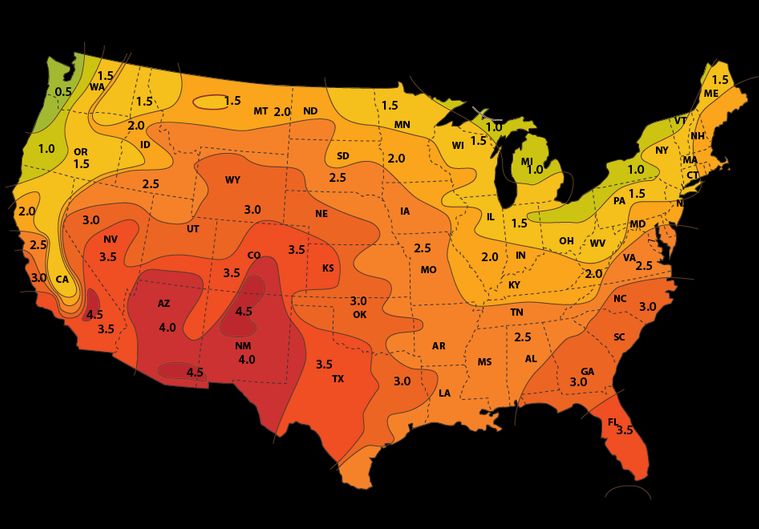
One “full sun hour” is the measure of the amount of solar radiation received by a surface perpendicular to the sun, for one hour, at sea level. It is expressed as kilowatt-hours per square meter per day(kWh/M²/day).
Atmosphere, distance, and sun angle reduce the amount of sunlight the solar panel receives. Seasonal changes in sun’s angle, shortened daytime, and weather also affect annual sun hours.
Locate the site of your system on the map to determine the Winter MINIMUM Full Sun Hours rating. The “full sun hours”, multiplied by the peak watts rating of the PV panels, is the amount of power produced over the course of a day at all sun angles combined. This Winter MINIMUM occurs around December 21, the Winter solstice and the shortest day of the year. The Summer MAXIMUM occurs around June 21 and will produce several times the power available in the Winter.
The most productive hours of sunlight are from 9:00 a.m. to 3:00 p.m., around solar noon. When the sun is directly overhead, the distance from the sun to the solar panel is the shortest. Thus, the light is passing through the least amount of atmosphere and is perpendicular to the PV Panels, so the panel produces the most energy. In the morning and evening, the sun is lower in the sky, and sunlight passes through more atmosphere, and has a greater angle to the PV panels. During these periods the panel receives less sunlight to make power.
